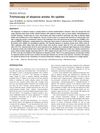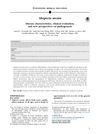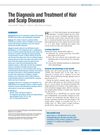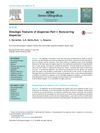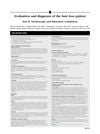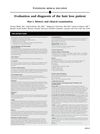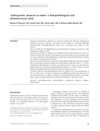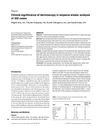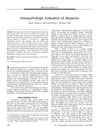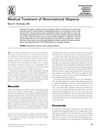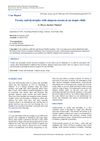Usefulness of High-Frequency Ultrasonography in the Assessment of Alopecia Areata – Comparison of Ultrasound Images with Trichoscopic Images
March 2021
in “
Postepy Dermatologii I Alergologii
”
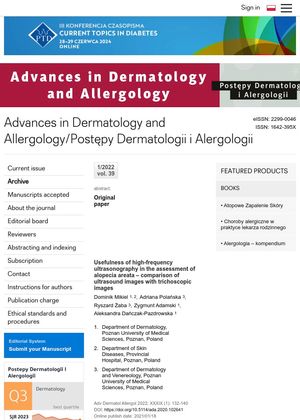
TLDR High-frequency ultrasonography can be a useful tool for diagnosing different stages of alopecia areata, a type of hair loss.
The study, conducted by Aleksandra Dańczak-Pazdrowska and her team, used high-frequency ultrasonography (HF-USG) to evaluate the structures of the scalp in 25 patients with alopecia areata (AA), a type of hair loss. The patients were divided into three groups based on the stage of their disease: active, inactive, and regrowth phase. The ultrasound images were then compared with those of 10 healthy volunteers, 10 patients with androgenic alopecia (AGA), and 12 with seborrhoeic dermatitis (SebD). The results showed that the ultrasound images varied according to the stage of AA. Active AA was characterized by follicular structures (FS) with distinct borders and a widened distal end located in the lower layers of the dermis. Inactive AA had fewer FS without distinct borders, while the regrowth phase showed FS of different widths and with widened distal parts at varying depths. The study concluded that HF-USG could be a valuable diagnostic method for patients with AA.
